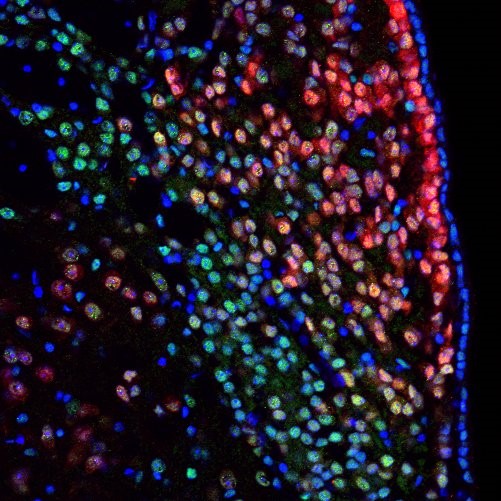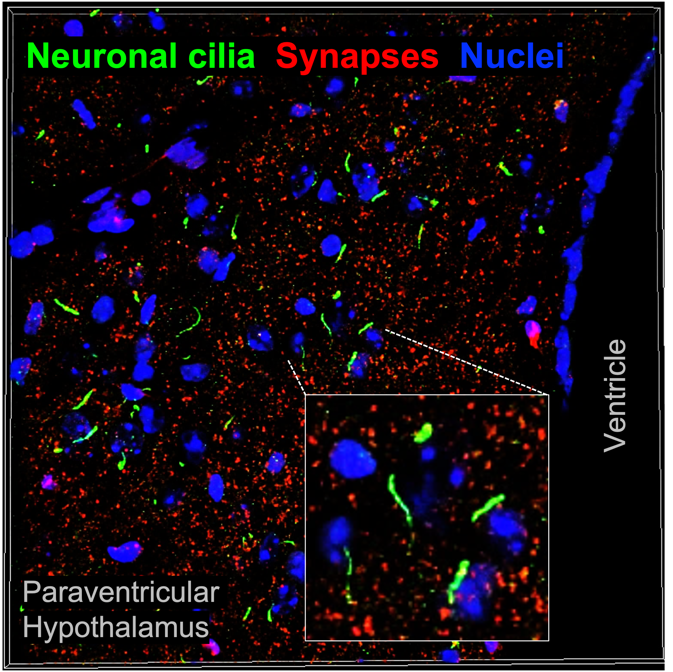
Phua Siew Cheng (CBIS)
Principal Investigator
Assistant Professor
Research Areas
Molecular & systems neuroscience, behavior states, in vitro & in vivo imaging, molecular tools, proteomics.
Research Interests

Neuron signaling in behavior: In my lab, we are fundamentally curious about how our brains form & switch between behavioral states. The term “behavioral states” could refer to circadian behavior rhythms such as sleep-wake transition, emotional states such as fear & anxiety, & pathological states such as Parkinsonism. Building on behavioral paradigms established by us & others, we employ advanced in vivo imaging, optogenetic & genome editing approaches to illuminate the molecular signaling events in neurons that shape & modulate behavioral states. These approaches are supplemented by molecular tool development, in vitro imaging, proteomics & whole-brain light-sheet microscopy. Our current focus is to unravel the molecular pathways in our two favorite organelles [the neuronal nucleus & the neuronal cilium] that instruct gene expression patterns ultimately encoding brain behavioral states. Through our cross-scale approaches, we aim to bridge the knowledge gap between molecular & systems neuroscience & form a better understanding of how behavior may become awry.

The neuronal nucleus: Harboring the genome, the nucleus of each neuron is the master console of neuronal activity that ultimately form and shape brain behavioral states. Despite vast knowledge of signaling pathways that modulate gene expression, the dynamics of nuclear signaling during behavior has not been under the spotlight. We are combining advanced in vivo imaging approaches with molecular tool development to visualize and manipulate signaling events in the neuronal nucleus.

The neuronal cilium: Proposed as the antenna of a cell, the primary cilium of neurons (& thus neuronal cilium) is a ubiquitous solitary hair-like organelle that is under-appreciated in neurobiology. Recent studies have discovered various molecular receptors (e.g. 5HT6, DRD1, MCHR1) in the neuronal cilia that are implicated in various behaviors but the significance of such ciliary enrichment has not been elucidated. We are applying proteomics and genome editing approaches to understand how primary cilia modulate the activity state of neurons and neural circuits. Moreover, we are intrigued by the commonalities between the cilium and nucleus and are developing molecular approaches to ‘listen’ to the molecular conversations between them.
